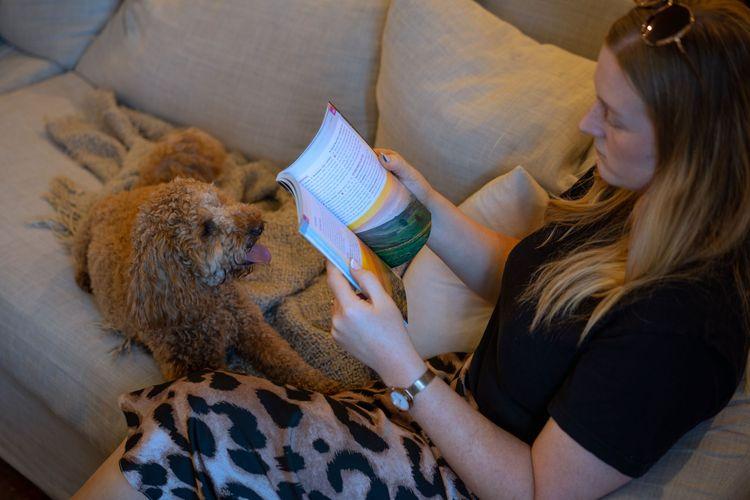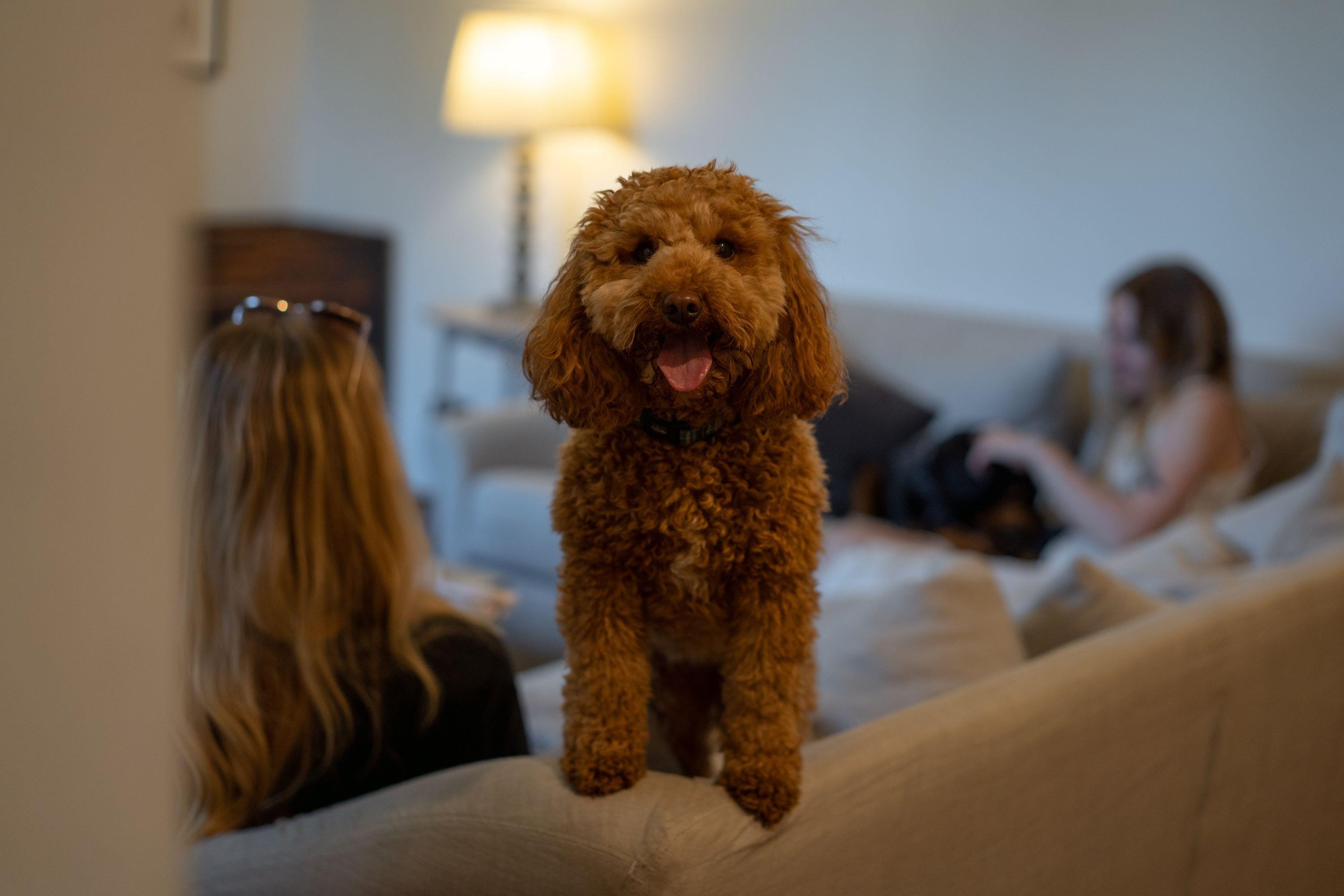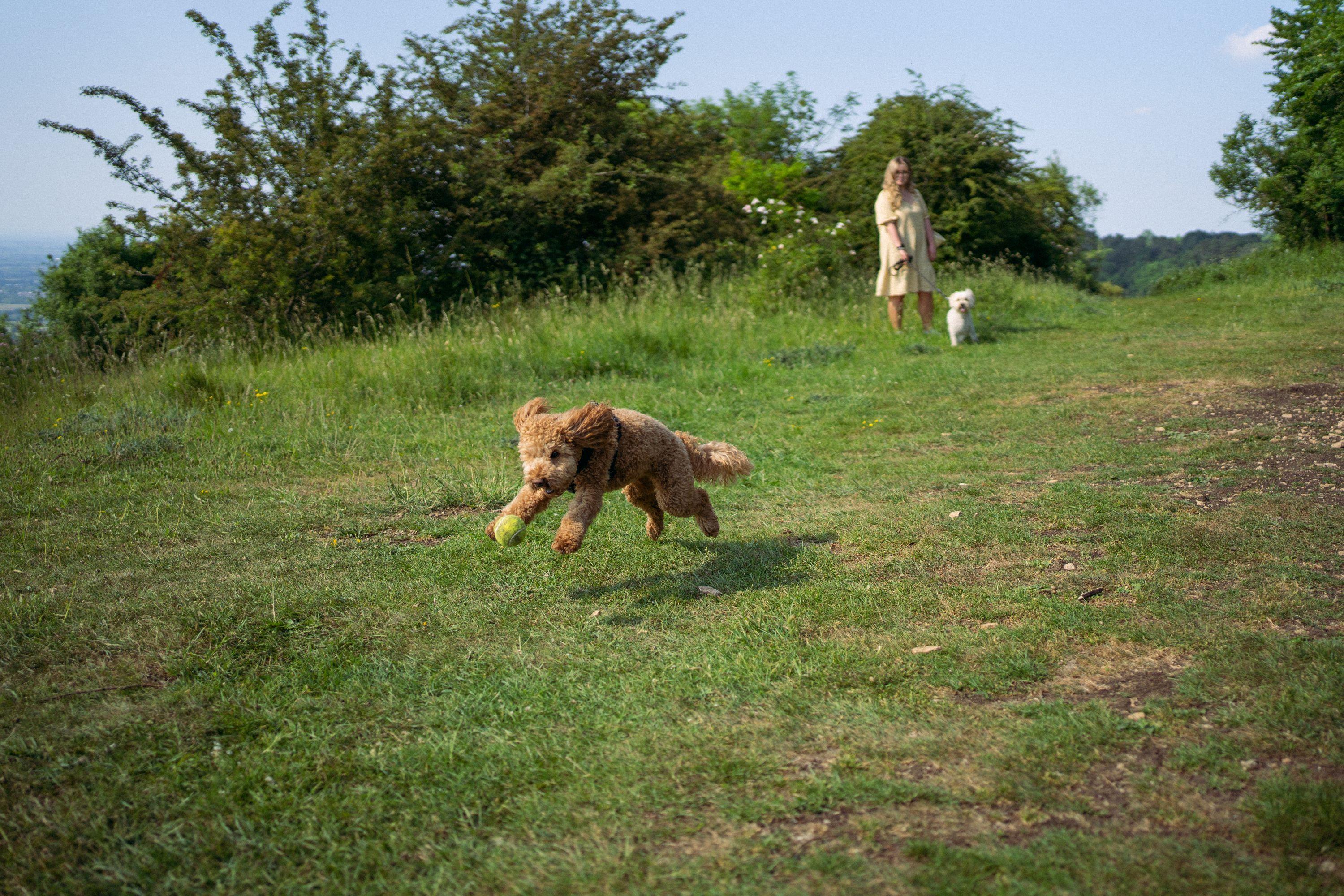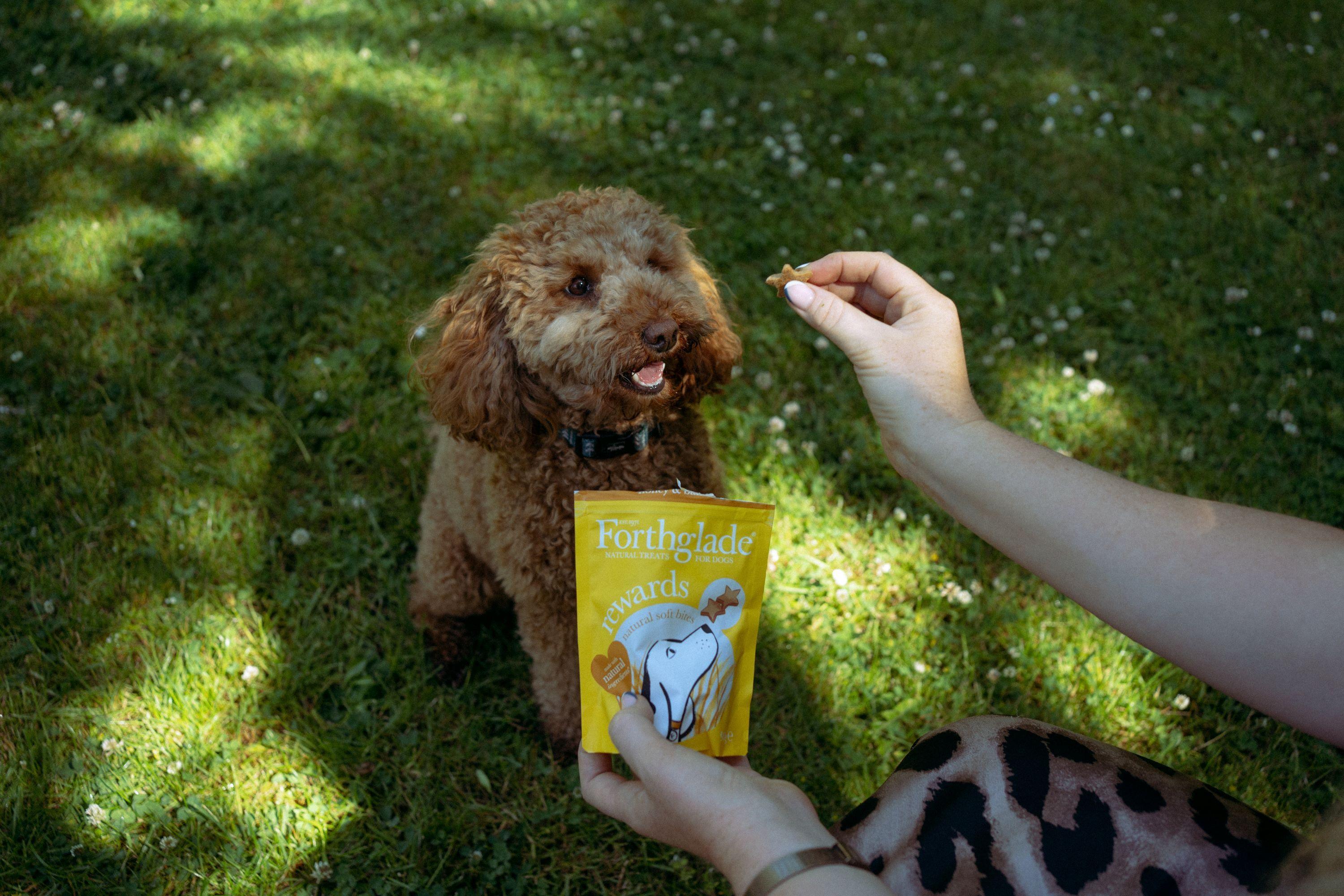
How to help your dog overcome separation anxiety
5 minute read
How to spot separation anxiety in your dog
You know your dog better than anyone, so you'll be best placed to identify what might be causing their separation anxiety in the first place. However, if you're not sure what your dog is experiencing, then here are the most common signs to look out for:
- Destructive behaviour when left alone like chewing furniture, emptying bins etc.
- Howling, barking or whining
- Having toilet accidents within the house
- Extreme excitement and an overenthusiastic greeting when you come home
Less common signs (and often more important to look out for):
- Shaking, panting or pacing
- Excess saliva
- Excessive paw licking or tail biting
- Refusing food or treats

Why might your dog be suffering from separation anxiety?
There can be so many reasons that a dog might suffer from separation anxiety, but the most common reasons are:
Not being socialised as a puppy (this is common among pups brought up during the Covid pandemic), such as a change in the household, like a new housemate or moving house
Change in normal daily routine
Being scared of something inside or outside the home (this can arise at any time)
Boredom!

How to help your dog overcome separation anxiety
Understand the why
Getting to the root cause is the best way to treat separation anxiety, as this will allow you to understand what's triggering the issue. If it's as simple as being scared of something, removing the trigger may resolve the anxiety.
Stick to a routine
Humans and dogs both love routine and establishing this can help to create harmony for your dog as they know what to expect and when. If you know your dog doesn't like being left alone, start slowly and build up to longer periods of time. Installing a camera can be really good for observing their behaviour to begin with, and can help you understand what happens when you're gone.
Encourage solo play for your four-legged friend
Getting your dog involved in fun, independent games and activities is great for building up their confidence. Hiding food around the room or in a blanket and making them sniff it out is also good for their mental stimulation.
Get out on adventures
Heading out for long walks will keep your dog happy and keep their brain engaged, in turn helping to tire them out. If you take treats with you and engage in training practice like recall, this will further increase mental stimulation.

When to seek professional help
If you're at all worried about your dog and feel that you need additional support, then it's worth contacting a force-free dog behaviourist to help you with training. If you have noticed that your faithful friend is showing signs of separation anxiety, then a step-by-step plan can help with building your dog's confidence and allow you to leave your home without worrying about what might happen.
When treating separation anxiety, the main thing to remember is that you need to go at their pace and take a slow, gradual approach. Leaving your dog for a short period of time and building up to longer periods, leaving toys they find comforting or a Lickimat covered in their favourite food, will all help to put them at ease. With training and patience, you will get to a point when you can come home to a calm, content and happy dog!
For more information and to read the full article, head over to Forthglade here >.